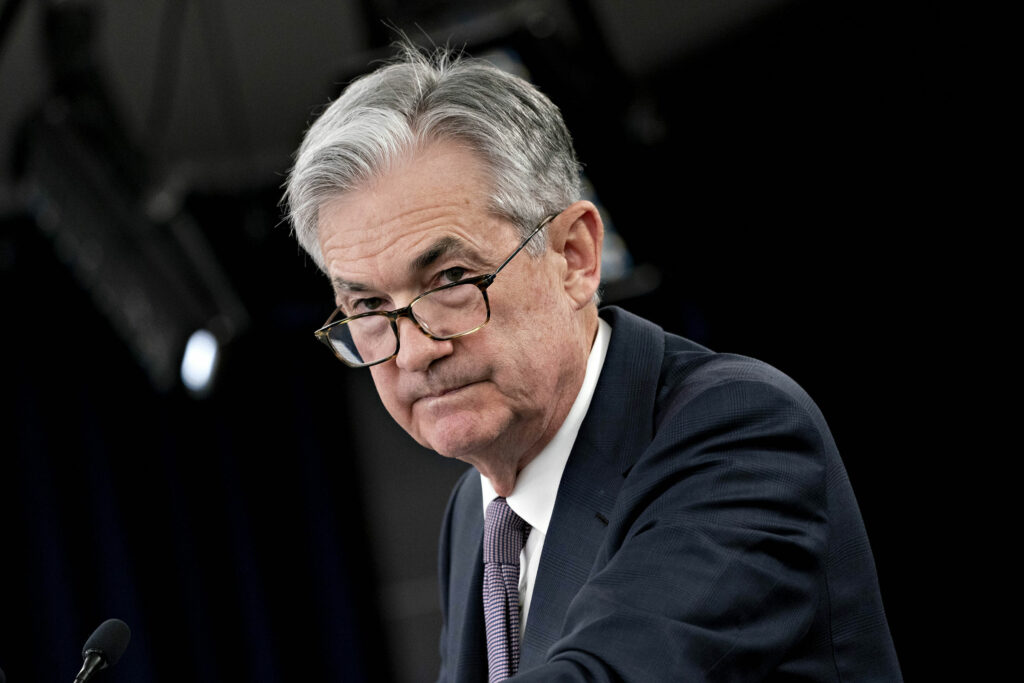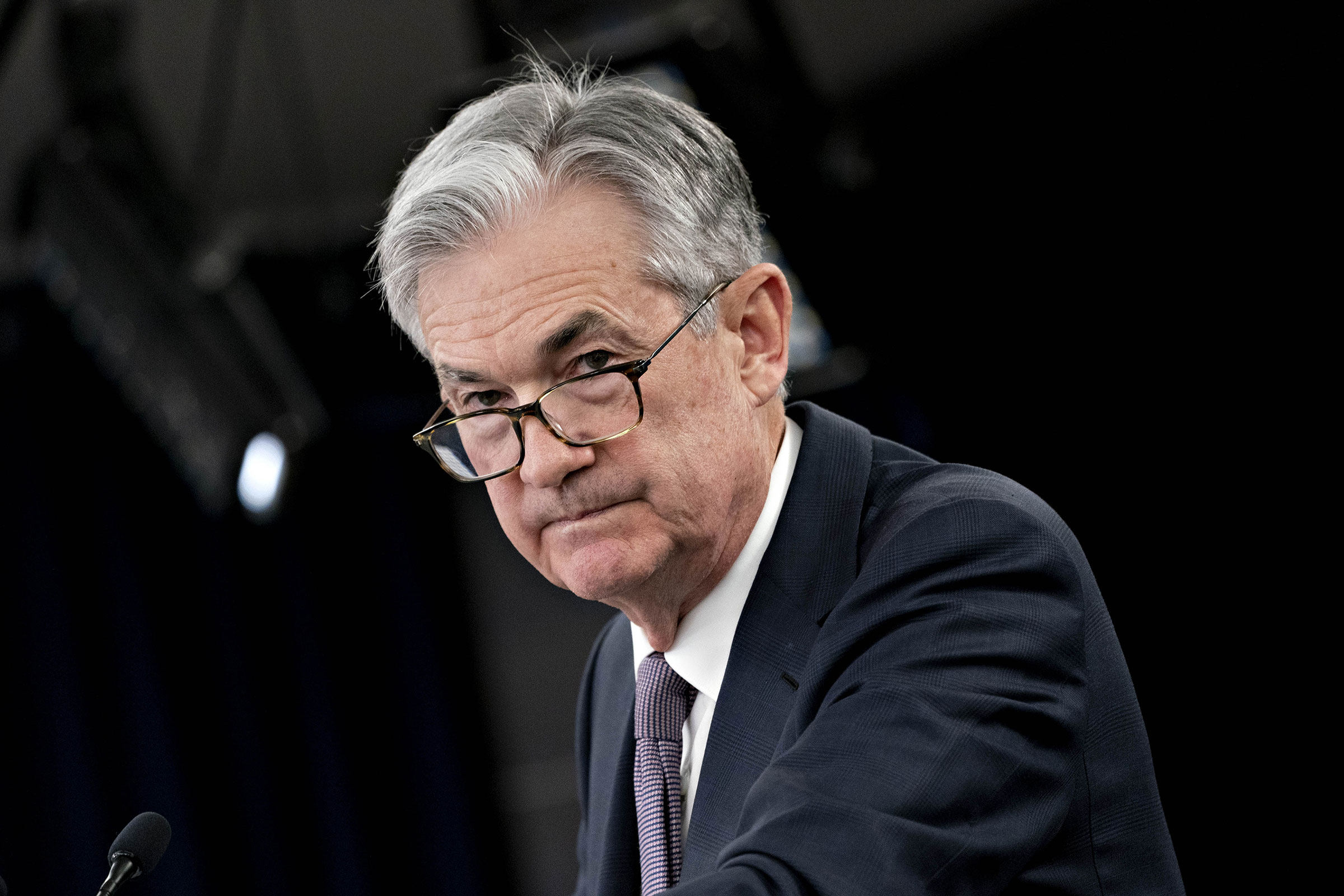
Fed Chair Jerome Powell heads to the US Congress for his semi-yearly legislative declaration.
Both the Fed and Congress need to bring down expansion (as does Biden). By the by, he’ll get a barbecuing from the Senators. Powell will not be withdrawing from his obligation to climb rates in the months to come.
I’m anticipating the distribution of Powell’s pre-arranged declaration. It’s in the Q&A to follow that unconstrained remarks will happen.
Central bank Chair Jerome Powell won acclaim for his deft administration during the whirlwind of the pandemic downturn. As dangers to the U.S. economy have mounted, however, Powell has progressively struck Fed watchers as considerably less certain footed.
The expansion has demonstrated higher and undeniably more constant than he or the Fed’s staff financial specialists had predicted. What’s more, at a strategy meeting last week, Powell declared a surprising somewhat late change to a greater loan cost climb than he had recently flagged and afterward followed with a news gathering that numerous financial experts portrayed as jumbled and conflicting.
It’s been a sharp circle back for Powell, who is generally credited with forestalling what might have been a far more regrettable monetary emergency during the pandemic and who last month won a simple bipartisan Senate affirmation for a second four-year term.
Presently, as he defies constantly high expansion, plunging monetary business sectors, and the developing danger of a downturn, Powell is confronting questions and analysis encompassing his stewardship of the Fed when its difficulties are duplicating.
Because of a once-in-a-century pandemic, the first European conflict in quite a while, and taking off gas and food costs that the Fed has restricted the ability to influence, Powell could turn into the primary Fed seat since Paul Volcker in the mid-1980s to wrestle with stagflation, a hopeless mix of slow financial development and high expansion.
Money Street’s significant files got around 2% on Tuesday as financial backers gathered up portions of mega-cap development and energy organizations after the securities exchange fainted keep going week-on stresses over a worldwide monetary slump.
Every one of the 11 significant S&P 500 (.SPX) areas acquired, as stocks bounced back extensively after the benchmark record last week logged its greatest week-after-week rate decline since March 2020.
Financial backers are attempting to evaluate how far stocks can fall as they gauge dangers to the economy with the Federal Reserve going to forceful lengths to attempt to pack down flooding expansion. The S&P 500 recently fell more than 20% from its January all-time high, affirming the normal meaning of a bear market.
Goldman Sachs, interim, accepts a downturn is turning out to be progressively possible for the U.S. economy, saying that the dangers of a downturn are “higher and more front-stacked.”
“The fundamental reasons are that our benchmark development way is currently lower and that we are progressively worried that the Fed will feel a sense of urgency to answer powerfully to high title expansion and buyer expansion assumptions on the off chance that energy costs rise further, regardless of whether action eases back pointedly,” the firm said in a note to clients.
Tuesday’s meeting makes one wonder of whether the activity is transient help following quite a while of selling, or a significant change in feeling. Tuesday’s solidarity was wide-based. Each of the 11 S&P areas enlisted gains on the day, with energy driving the way, climbing 5.8%.
“Our assumptions are that market unpredictability will probably endure close to term until the moves made by the Federal Reserve in this manner far…and the activities it requires going ahead have had an investment to manage the framework,” Oppenheimer expressed Tuesday in a note to clients.
Taken care of Chair Jerome Powell will show up before Congress on Wednesday, starting off two days of declaration. On the profit front, KB Home will post results after the market closes on Wednesday.











